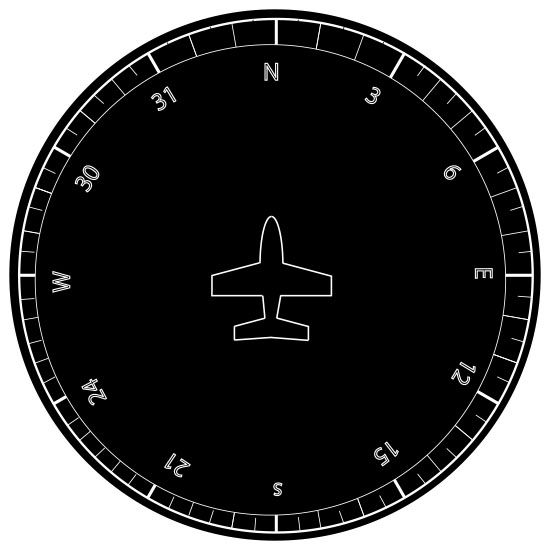It already had been a long day, flogging my Piper Arrow across what felt like half the U.S. I was aiming for a sizable regional airport to spend some vacation time with an old friend, which was turning into a two-leg, seven-hour slog into headwinds. The weather mostly had been clear, but an undercast crept in below me for the last 200 or so miles. As a result, my destination was advertising 800 feet overcast with good visibility underneath and little wind. It had plenty of approaches, and I had been here before.
Although I received what I considered a late descent clearance, I didn’t anticipate any problems. The airplane was fine and I was instrument-current. The only potential squawk I had was a directional gyro that needed resetting every 15 minutes or so, thanks to precession. The rest of my panel’s steam-gauge instruments and the vacuum system itself were nominal.
Soon I was on a vector to intercept the localizer as ATC vectored a slew of other airplanes for the same approach. They all were getting in fine, and ATC clearly wanted me to keep my speed up in the descent and once I leveled off for the approach. The autopilot was in heading mode, and the rest of the panel was ready for the ILS in use.
Soon I was on a vector to intercept the localizer, still with a good head of steam. As the localizer needle centered, I twisted the DG’s heading bug to align with it and scanned some other instruments. Shortly, ATC remarked that I had flown through the localizer. A glance at the needles confirmed it, although the DG was still indicating the inbound heading. I disengaged the autopilot, thinking I could maintain heading better than the DG. I slowed down a lot, too.
The controller gave me vectors for another try, which didn’t work out much better than before. The DG was precessing madly, and the constant vectoring wasn’t helping. At one point, I glanced outside to see if the terrain was visible. When I looked back, the airplane was in a 30-degree left bank and descending. That won’t do at all.
I was about to request no-gyro vectors for the third attempt when I got a much shallower intercept angle, which allowed for a similarly gentle turn onto the localizer. I was finally established. As I crossed the final approach fix, I dropped the gear and set power for the glideslope. Soon, I had broken out and had the runway. The rest was uneventful.
The directional gyro had been exchanged for an overhauled unit a few years earlier, and didn’t have all that many hours on it. The vacuum system checked out. The flight home was uneventful.
A few months later, I replaced the DG again, with another overhauled unit. The real fix will be to ditch the steam gauges and go all-glass, for which I’m saving my nickels.
Have you encountered a situation or hazardous condition that yielded lessons on how to better manage the risks involved in flying? Do you have an experience to share with Aviation Safety’s readers about an occasion that taught you something significant about ways to conduct safer flight operations? If so, we want to hear about it.
We encourage you to submit a brief (500 words) write-up of your Learning Experience to Aviation Safety for possible publication. Each month, Aviation Safety publishes a collection of similar experiences sent to us by readers. Sharing with others the benefit of your experience and the lessons you learned can be an invaluable aid to other pilots.
You can send your account directly to the editor by e-mailing it to [email protected]. Put “Learning Experience Submission” in the subject line; add your name and daytime telephone number at the bottom of the e-mail.
Your report will be considered for publication in the Aviation Safety’s readers’ forum, “Learning Experiences,” and may be edited for style and length. Anonymity is guaranteed if you want it. No one but Aviation Safety’s editor is permitted access to the reports. Your name and telephone number are requested only so that the editor can contact you, if necessary.
While we can’t guarantee your submission will get published, we can guarantee that we’ll closely review and consider using it.
All Learning Experience submissions become the property of Aviation Safety and may be republished.




